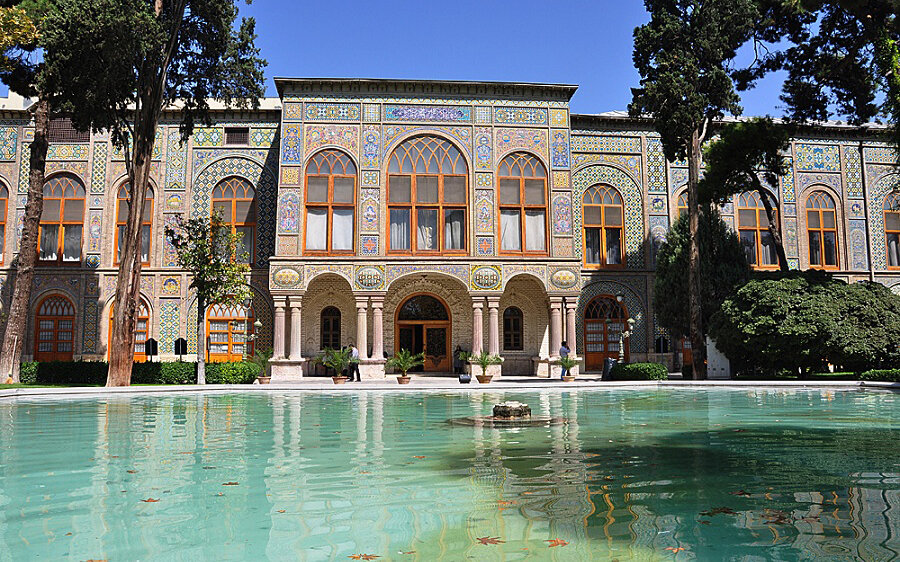UNESCO site in Tehran to launch base dedicated to people with disabilities

Tomorrow, the Golestan Palace, which is Tehran’s sole World Heritage site, will open a special base dedicated to people with disabilities.
The base, which is the first of its kind in Iran, will be offering specialized museum tours for the visually impaired and hearing-impaired, said Afarin Emami, who presides over the UNESCO site.
Moreover, two historical documents written in the Moon System of Embossed Reading will be unveiled in the opening ceremony of the base.
Commonly known as the Moon writing, Moon alphabet, Moon script, Moon type, or Moon code, it is a writing system for the blind, using embossed symbols mostly derived from the Latin script but simplified.
The official added that over the past two years, Golestan Palace has executed numerous programs to support the visually impaired and hearing-impaired through targeted visits.
Based on these efforts, that specialized museum tour will be permanently available within the World Heritage complex.
The tours will be offering prominent embossed images of artworks, objects, and tactile models of significant structures of the collection, along with the original Moon script documents from the Qajar era, alongside touchable copies.
The museum tour for the visually impaired and hearing-impaired will be inaugurated on Sunday, December 3, to be attended by a group of disabled individuals.
Golestan Palace once served as the official residence of Qajar monarchs who ruled Persia (Iran) between 1789 and 1925. It exemplifies the architectural and artistic achievements of the Qajar epoch, as well as the introduction of European motifs and styles into Persian art.
Experts say it displays a remarkable mixture of ancient Persian and contemporary European architectural styles, which characterized much of Iranian art in the 19th and 20th centuries.
The property embodies a successful integration of earlier Persian crafts and architecture with Western influences. Over the past two centuries, it has become a center of arts and architecture, a source of inspiration for Iranian artists and architects to this day.
The complex consists of eight key palace edifices mostly used as museums and the eponymous gardens, a green shared center of the complex, surrounded by an outer wall with gates.
AFM
Leave a Comment